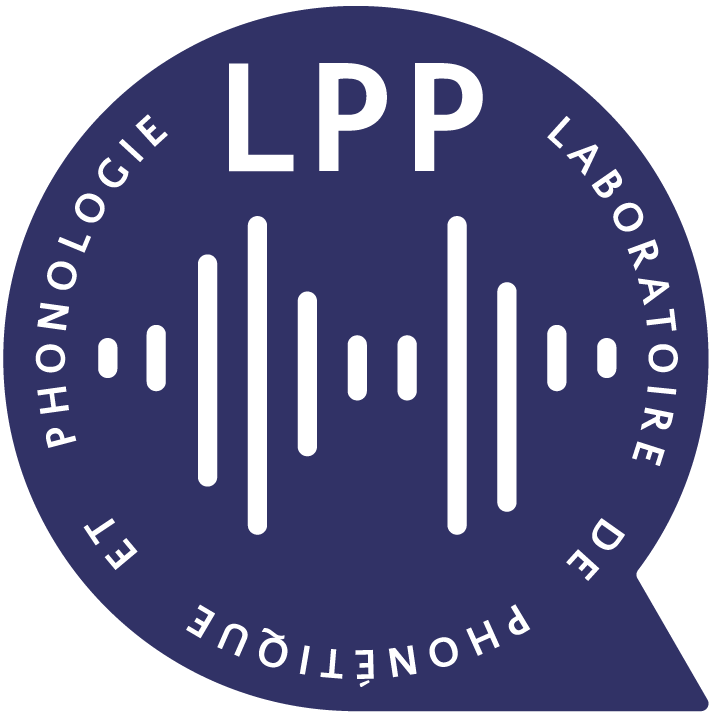The goal of this talk is to provide an analysis of English consonant clusters based on the assumption that phonotactic preferences are encoded in phonological features of individual segments forming a cluster. In this contribution, this encoding is expressed by a set of 19 parameters established for the following features : complexity, place of articulation, manner of articulation and voice. On the basis of observed tendencies of feature distribution and co-occurrence, a set of new phonotactic preferences which govern the syllable structure in English is proposed. Additionally, statistical methods of Principal Component Analysis and Cluster Analysis are employed in order to weigh the features and illustrate the groups of clusters which follow a particular set of preferences. This work is an extension of Orzechowska and Wiese (2015) who advocate the view that phonological features rather segments determine phonotactics in a given language. The approach varies from measures of phonotactic complexity which rely on a subset of phonological features or evaluate cluster well-formedness on the basis of pre-specified conditions. For instance, sonority tends to be based on manner of articulation (e.g. Steriade 1990, Wiese 1988), although some hierarchies distinguish between voiced and voiceless obstruents (e.g. Jespersen 1913, Vennemann 1988). Additionally, traditional cluster evaluation follows the Sonority Sequencing Generalization (Selkirk 1984) which specifies what consonant clusters should be like, rather than what they are like. The latter approach is stressed in this talk. Much as the same set of phonological features (complexity, place, manner, voice) is universally available to all languages, each language selects a feature or a subset of features in the construction of clusters, which decide on the idiosyncratic character of clusters in a given phonological system. This explains a large variation in cluster inventories in, e.g. Slavic and Germanic systems.
Références
- Clements, G. N. (1990). The role of the sonority cycle in core syllabification. In J. Kingston & M. E. Beckman (Eds.), Papers in Laboratory Phonology I : Between the Grammar and Physics of Speech 1, pp. 283–333. New York : CUP.
- Jespersen, O. (1913). Lehrbuch der Phonetik (2nd ed.). Leipzig, Berlin : Teubner.
- Orzechowska, P. & R. Wiese. (2015). Preferences and variation in word-initial phonotactics : A multidimensional evaluation of German and Polish. Folia Linguistica 49(2) : 439–486.
- Sievers, E. (1901). Grundzüge der Phonetik. Zur Einführung in das Studium der Lautlehre der indogermanischen Sprachen. Leipzig : Breitkopf & Haertel.
- Steriade, D. (1990). Greek prosodies and the nature of syllabification. New York : Garland Publishing.
- Vennemann, T. (1988). Preference Laws for Syllable Structure and the Explanation of Sound Change. Berlin ; New York ; Amsterdam : Mouton de Gruyter.
- Wiese, R. (1988). Silbische und Lexikalische Phonologie. Studien zum Chinesischen und Deutschen. Tübingen : Max Niemeyer Verlag.
Prochains événements
Voir la liste d'événementsSRPP 30/01/2026 Alexei Kochetov
Alexei Kochetov (University of Toronto)
SRPP 06/02/2026 Cédric Patin
Cédric Patin (Université de Lille)
SRPP 20/02/2026 Takayuki Nagamine
Takayuki Nagamine (UCL)


